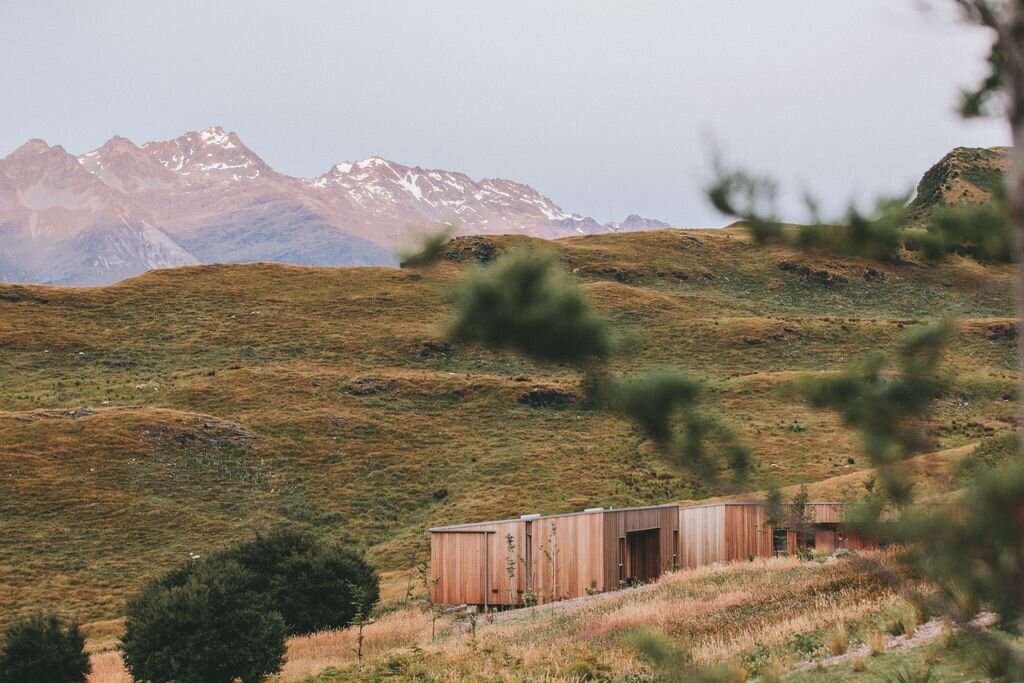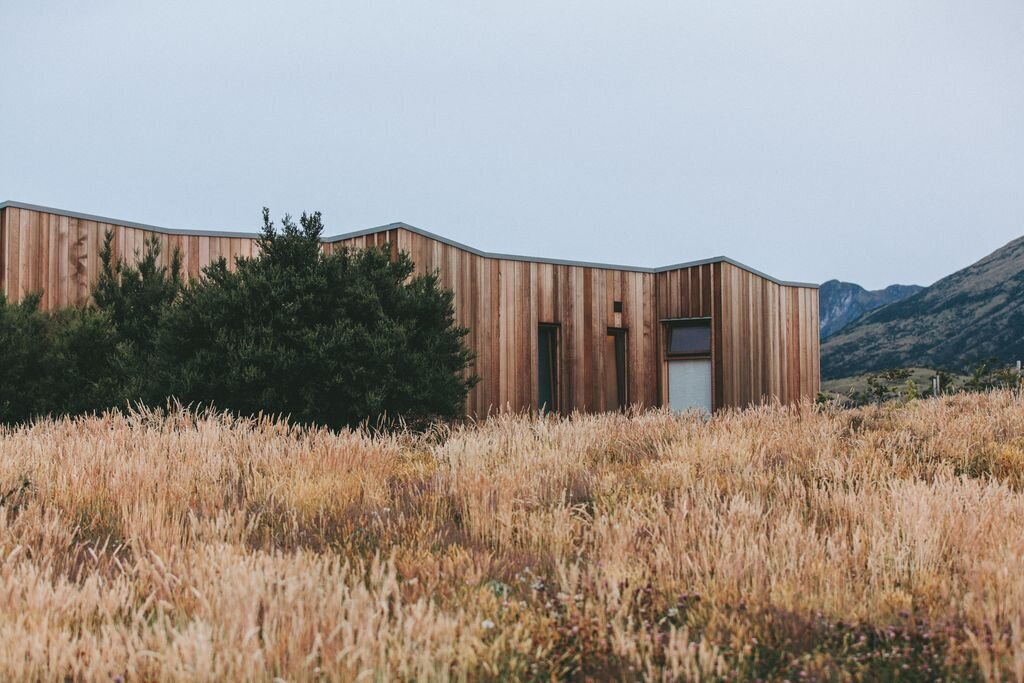SUFFRAGETTES ON HOLIDAY
Photo of Mrs Pankhurst, Emmeline Pethick Lawrence and others: LSE Library, Flickr Commons. Suffragettes on the Warpath postcard: Millar & Lang Ltd, CC BY 3.0 <https://creativecommons.org/licenses/by/3.0>, via Wikimedia Commons
DARING TO BE FREE
ACCORDING to the National Motor Museum, the first caravan journey to promote women’s rights took place in May 1908 by members of the Woomen’s Freedom League (WFL). Three women (one was Australian Muriel Matters) took a caravan around Surrey, Sussex and Kent, including resorts of Hastings, Bexhill-on-Sea and Eastbourne, which was judged a big success.
This article in Exploringsurreypast.org.uk says the first caravan was bought and donated by Charlotte Despard, a key women’s suffrage figure and one of the founders (I think) of the Women’s Freedom League whose motto was “Dare to be Free”. A wealthy widow whose income was the equivalent of £500,000 a year, she decorated the caravan with Women’s Freedom League and Women’s Suffrage while other members gave beds, kitchenware and maps. She launched the trip from her cottage in Esher with a gang of other women. “Charlotte was one of the main speakers at the first caravan stop outside the Bull Inn, Leatherhead. Following a hostile reception the WFL caravan moved on to Guildford, then Godalming and Haslemere, where crowds gathered to heckle. The Surrey Advertiser described the events surrounding their progress in full, with sympathy for the justice of women’s cause (Surrey Advertiser, 23 May and 30 May 1908).” At one stop off in Petersfield, wrote Muriel Matters, a “noisy element…gave expression of its feeling in the shape of two eggs, which fortunately missed their destined course.” On a meeting at Tunbridge Wells she took a clump of turf directly in the face.
Picture of caravan with Charlotte Despard.
Then, in July, a group of Cambridge students journeyed through the National Union of Women’s Suffrage Societies from the Scottish island of Orkney to Oxford. including Rachel ‘Ray’ Costelloe and Ellie Rendel were two of them. A third trip, in August, took in Whitby and North Yorkshire. Caravanning was then very fashionable, with a third of the newly formed Caravan Club of Great Britain and Ireland being women.
On 1909 Norwegian suffragist Helga Gill took a NUWSS horse-drawn caravan tour to publicise the cause round the villages of Wales.
In 1911, the NUWSS sent out women to travel around Northamptonshire, Leicestershire and Yorkshire. And the WLF organised two trips: one to East Anglia (Muriel Matters) and another to Salisbury.
In 1913, the WSPU - set up by Emmeline Pankhurst and the most militant of the suffrage organisations -decided to go further. The August 15 edition of their newspaper The Suffragette announced a Suffragettes On Holiday campaign. Their plan was that every member would carry on campaigning while on holiday over the summer and also that those who lived in resorts would engage holidaymakers, seeing the newspaper and discussing votes for women.
A new poster has been designed for the campaign, the newspaper announces, priced at three shillings. “Every suffragette on holiday ought to order one from Miss Olive Bartles, Lincoln’s Inn House, Kingsway.” The photograph is owned by Getty Images.
On April 12, a group of Edinburgh members set off by horse-drawn caravan draped in suffragette purple, white and green set off to tour the villages and town of east and south-east Scotland.
The newspaper reports that two suffragettes has already made good use of a trip to remote Cranium Pool on Dartmoor in Devon. On discovering a visitor’s book in an iron box, '“we wrote our names as Militant Suffragettes, and also ‘Hurray for Mrs Pankhurst, Christabel and all the brave women of the WSPU’”.
A Miss M Fison describes her experience of wheeling a ‘suffragette barrow to Felixstowe as “a tremendous success. The barrow was daintily decorated and even crusty old men stopped to admire.”
In Cowes, on the Isle of Wight, the newspaper reports that 'A boatman was persuaded to run the risk of rowing the Suffragettes carrying their sunshades among the yachts. Fortune favoured the Militants as usual, and just as the purple, white and green craft was passing the King’s yacht the Royal party appeared on deck.’
Women are urged to write and say what their contribution will be. “Remember that the sufferings of the women in prison may be shortened by the energy and self-sacrifice of women all over the country during these next summer months.”
By the time the next edition of The Suffragette is printed and sold, on August 22, the campaign is announced to be ‘in full swing’.
NUWSS Caravan Tour, Leicestershire & Northamptonshire, 1911: 'Miss Meynell, Helga Gill & Peter, Tommy, Mary Bury, Vera Coll[iso]n & Lokai'. LSE Library

https://artsandculture.google.com/story/suffragette-bombings-city-of-london-corporation/2wVxgPLt7aWiKg?hl=en
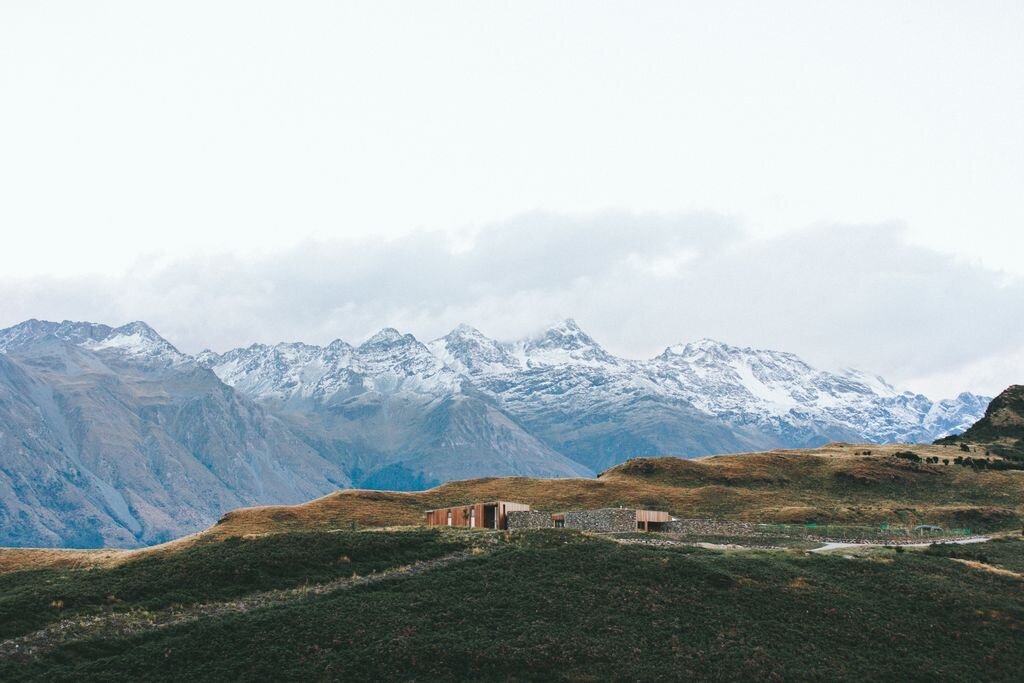
Arsenal
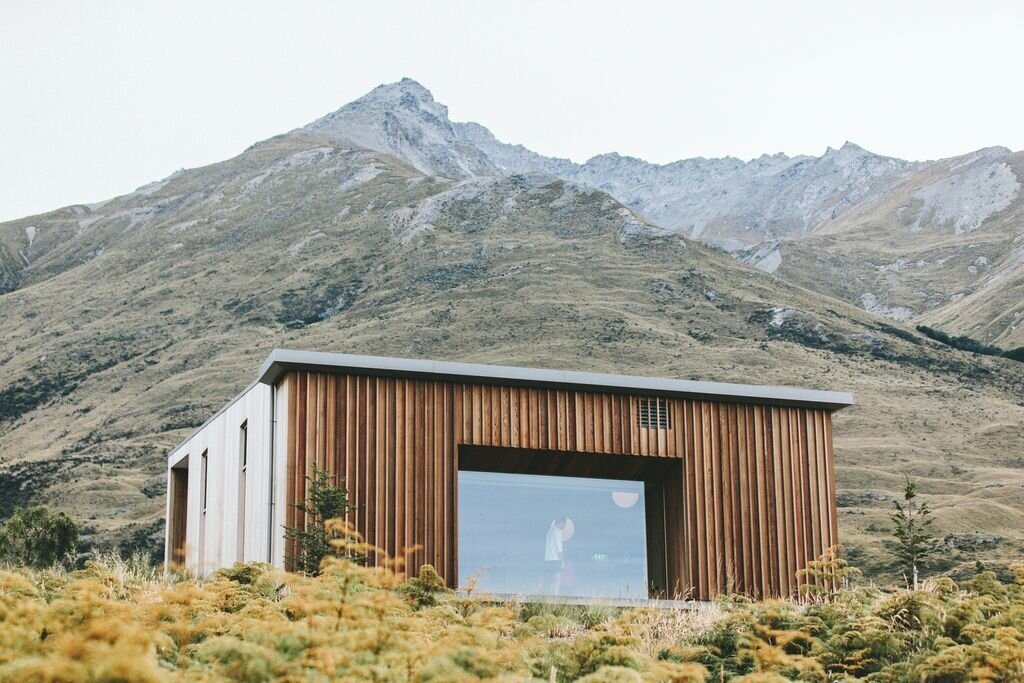
V&A
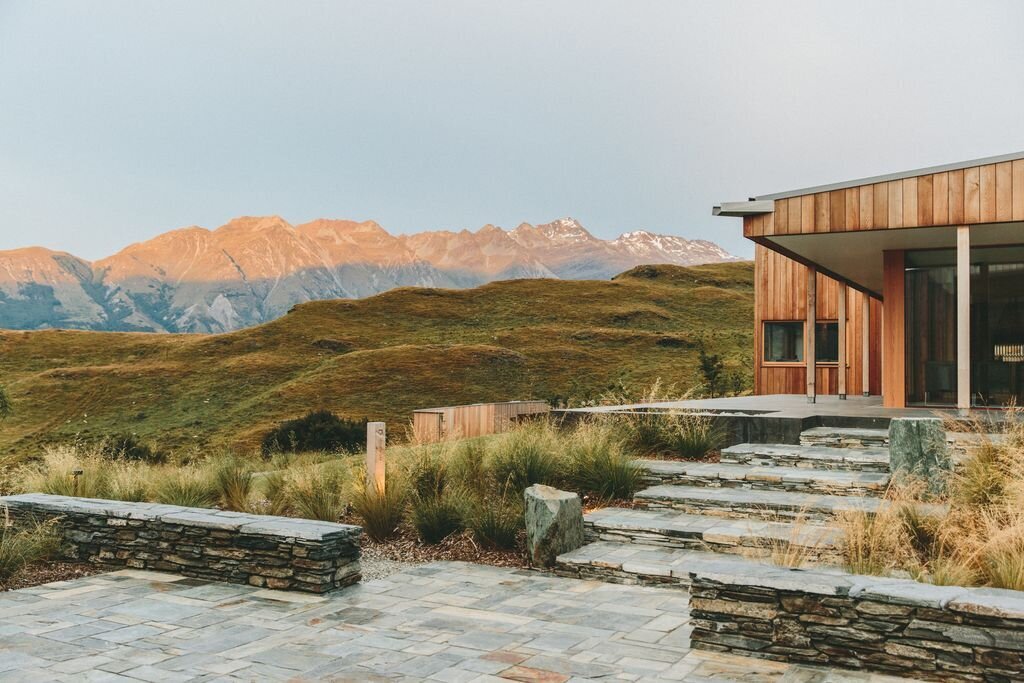
https://www.ltmuseum.co.uk/blog/poster-power-way-all
